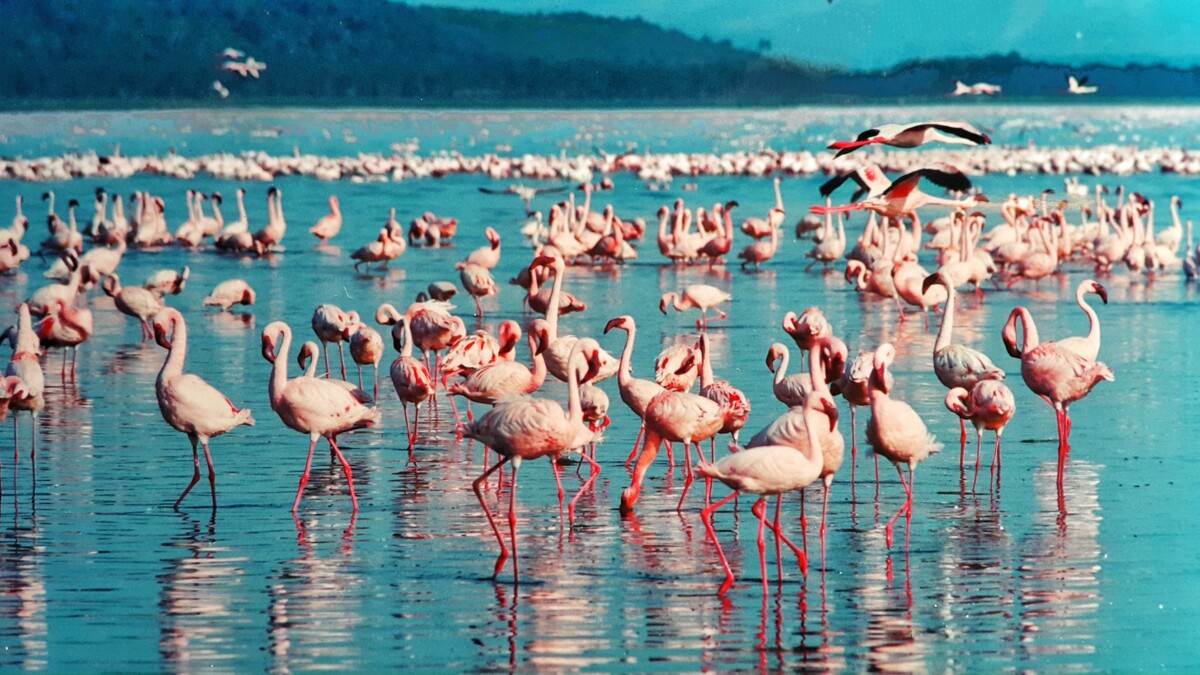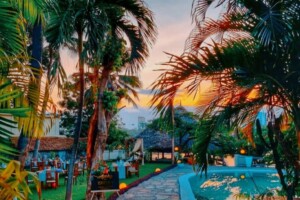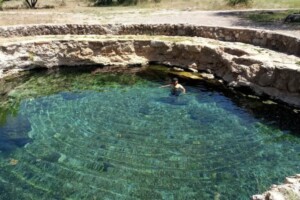For a long period now, Lake Nakuru in Kenya’s Great Rift Valley has gained fame for its breathtaking show of flamingos, where the lake turns into a shimmering pink mirage.
However, the iconic Flamingos of Lake Nakuru are facing a silent survival battle due to various environment-related problems that are putting their fragile ecosystem in jeopardy.
The Unique Ecology of Lake Nakuru
Lake Nakuru is an alkaline soda lake, and as such, it provides an ideal environment for the lesser flamingos since it hosts high levels of blue-green algae, which are the main foodstuff for these birds.
Its surroundings are very volcanic, especially those that nurture the spirulina growth, a sort of cyanobacteria that flamingos rely on to survive.
Unfortunately, this once-ideal environment is shifting.
Over the last decade, Lake Nakuru has expanded more than three times its surface area, while its surface area has grown over 90% since 2009.
This results from increased rainfall and human activities such as deforestation that are causing the dilution of the alkalinity of the lake.
The consequence is a drastic reduction of the algae population by half, thereby reducing the food source for the flamingo population directly.
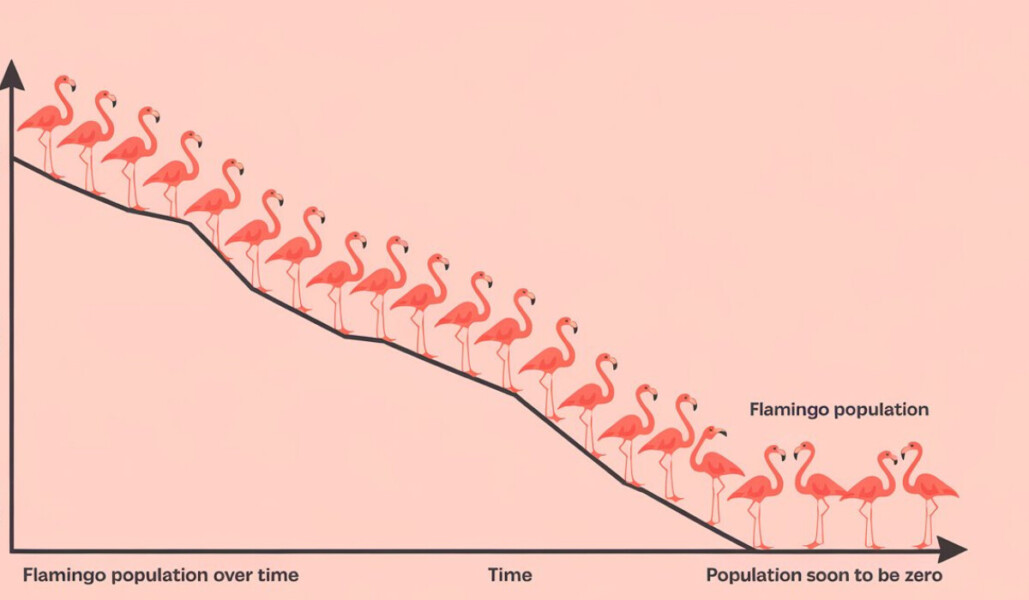
Flamingo in Nakuru: A Population that Suffers
Indeed, this lake could have supported over a million flamingos at any one time in the past; recent estimates show a fraction of that amount exists.
In 2021, it was estimated that 6,000 birds were in Nakuru. A huge drop from the once-thriving flocks of tourists the town attracted from across the globe.
Because Lake Nakuru is one of the most important feeding grounds for the lesser flamingo in East Africa, three-quarters of the world population of this species depends on it.
As changes continue to take place within the lake’s ecosystem, the flamingos are driven to seek habitats elsewhere that are not protected and are, therefore, at greater risk.
The Battle for Food: How Many Flamingos Are in the Lake?
As many as 1.5 million flamingos have been hosted at any one time when it was at its peak in Lake Nakuru.
Today, however, with the reduced algae levels, the lake can no longer accommodate such mammoth numbers.
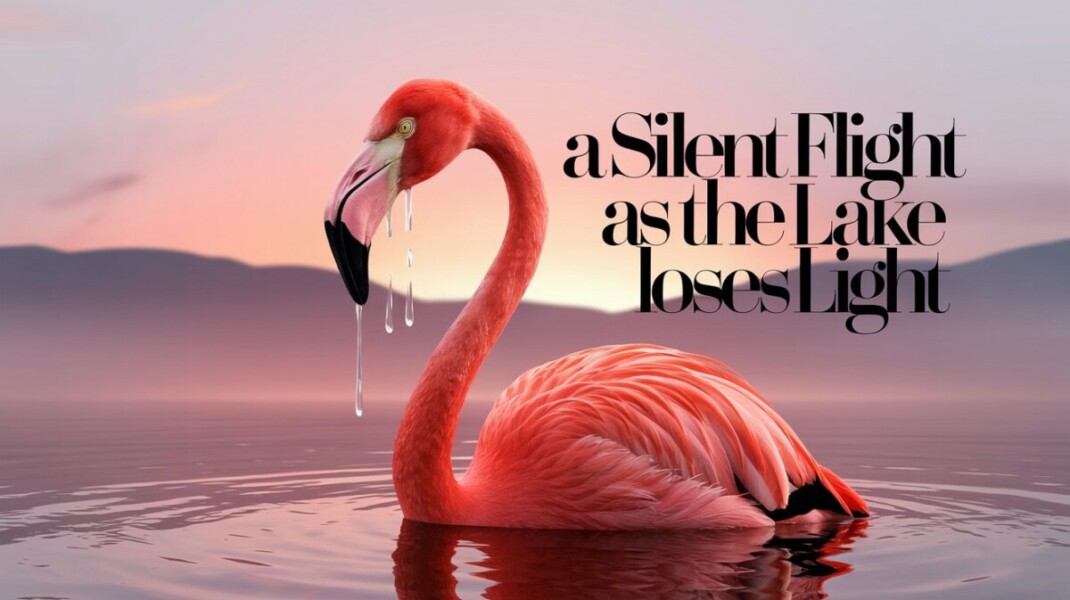
The lesser flamingos, which solely depended on algae, declined significantly, while greater flamingos, which had a broader diet, managed to cope with the challenges better.
Flamingos are migratory and move from one soda lake to another depending on food availability.
However, most areas have altered weather patterns due to climate change, and hence many find themselves struggling and looking for a place to feed.
How Deep is Lake Nakuru?
Lake Nakuru is pretty shallow and has an average depth of about 2-3 meters.
While this shallowness makes it easy for the flamingos to reach their food, it also puts the lake at risk from any slight environmental changes.
Increased water levels, mainly due to heavy rainfall like the ones experienced in early 2024, have caused partial flooding in the lake, pushing flamingos either towards the shallow ends or outside the lake to other lakes.
To make matters worse, fluctuating water levels coupled with rising temperatures because of climate change have further exacerbated the challenges.
Whereas efforts by KWS, among others, are in place to conserve this fragile habitat, more needs to be done in terms of conservation of this fragile habitat.
Flamingos in Lake Nakuru are not just for tourists; they are crucial to the ecological balance of the lake.
Lose them, and the lake will lose one of its most vital indicators of ecological health.
All conservation efforts have ranged from monitoring birds to improving water quality, and restoring habitats through reforestation of the surroundings.
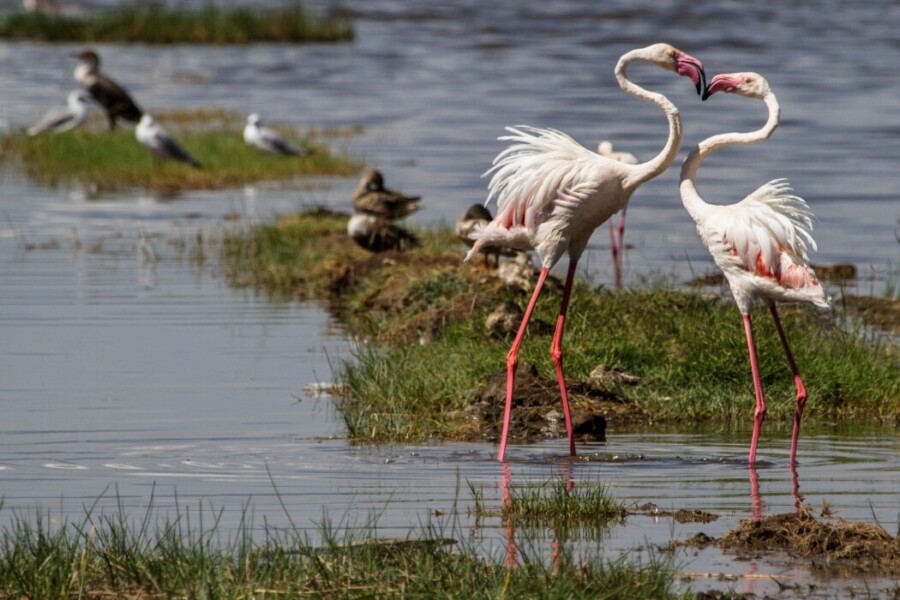
The Future of Flamingos at Lake Nakuru
It is a survival battle that rages on, of Flamingos at Lake Nakuru, amidst threats.
This means, therefore, that their future is at stake. Conservationists do all they can to protect the birds and the lake; however, the silent fight which they have been facing has really just begun.
For visitors, Lake Nakuru still offers one of the world’s most spectacular birdwatching experiences, especially during the dry season when the flamingos are most visible.

